by Howard Gardner
The French Office for Research Integrity recently announced a new policy. Going forward, all students who receive—as well as all who expect to receive—a doctorate in any field will be required to take an ethical oath. The wording: “I pledge to the greatest of my ability, to continue to maintain integrity in my relationship to knowledge, to my methods, and to my results.” On two occasions, these individuals need to affirm that, as holders of a doctoral degree, they will adhere in their work to the highest ethical standards.
The case for such a requirement is straightforward. In recent years, across the broad range of physical, natural, and social sciences, there have been numerous cases in which holders of doctorates have behaved in ways that disgrace their profession and may also damage human beings. Two cases that have recently received publicity:
Widespread claims that amyloid deposits cause dementia—and hence can be addressed by palliative drugs—have been based on faulty or ambiguous evidence.
Widespread claims that the blood thinner Xarelto can help to heal cardiac damage—it can actually have deleterious effects—have also been withdrawn because of data manipulation.
Moving beyond the medical sector, in my own field of psychology, the haphazard collection, misinterpretation, and fudging of data have been widespread. In response, all sorts of new requirements and checkpoints have been introduced—to what avail, remains to be seen. In light of such accumulating evidence of malfeasance, an oath is, so to speak, a no-brainer.
But it is almost as easy to make the case against such oaths. Numerous fields—ranging from those dating back to the time of Hippocrates to those new areas of work whose claim to be a profession are debatable—have ethical principles and/or oaths. These are easily accessible and sometimes administered solemnly. And yet, rarely does one hear of severe consequences for those who clearly have violated these precepts. Indeed (and this is not meant as a judgment), practitioners nowadays are far more likely to be penalized or chastised if they misbehave toward a colleague or make injudicious remarks than if they fail to honor the core strictures of their profession. And those whose malpractice has been confirmed at one institution all too often find a comparable position at other (though perhaps less prestigious) institutions.
As one who has held a doctorate for over a half century, I have a clear perspective on this matter. Far more important than any kind of oath, whenever and however administered, are the practices and norms that students witness in the course of their training. This immersion begins early in education (dating back well before matriculation at college or university) and reaches its apogee in the years of doctoral training. Particularly crucial are the standards, models, words, deeds of teachers, especially doctoral advisers; the values and ambitions of peers—other doctoral students in the cohort; and the atmosphere among young and senior professionals who work alongside the candidate in the lab, at the library, in class, or in the lunchroom.
Of course, there will always be exceptions. There will be graduates who, despite the positive models readily visible in their training, proceed to violate their professional oaths and norms. (I can think of colleagues who, lamentably, failed to learn from estimable role models). There will also be graduates who, despite a flawed adviser, lab atmosphere, and/or peer group, hold the highest standards for themselves and others. Bravo for them!
But we cannot and should not wait for outliers (or, if you prefer, out-liars!) We cannot count on physicians healing themselves or researchers reading and re-reading the oath that they have sworn to uphold. Instead, as teachers and mentors, we need to apply a critical lens to our own practices and models; and, if they are flawed in any way, we must strive to correct them. If future doctorates encounter positive models, we can rest assured that most of them will follow in the footsteps of their mentors. And then, should such an oath be required, it will serve—not as a prayer but as a celebration.
For helpful suggestions, I thank Courtney Bither and Ellen Winner





















